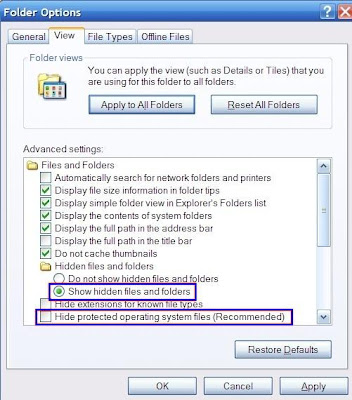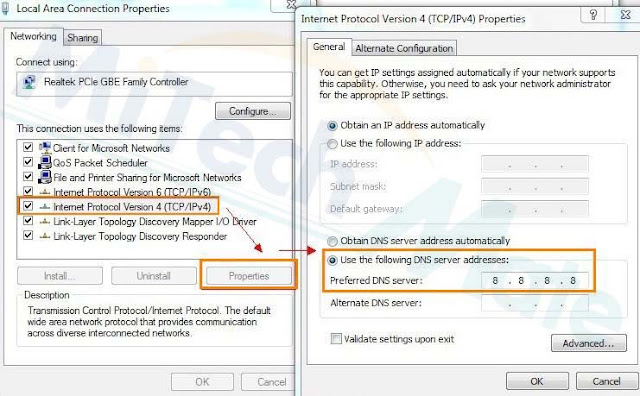In addition, it can slow down your browser and system, including starting up, shutting down and surfing the internet. And also it can cause computer halted and computer crash. This kind of can communicate with remote hackers to steal your personal information and sensitive data such as passwords, credit card and bank account information etc, which puts your financial security at high risk. It is very tricky and your antivirus and anti-spyware cannot detect its locations and remove it at all. To make sure your computer security and financial security, you need to remove it at once. Manual removal is the best way to terminate this virus. If you cannot figure out how to remove Ads by Commonshare Virus, please follow easy steps below to eliminate it now quickly, and if you have any problem while handling the virus, please contact Professional Online Expert to help you.
Symptoms of the infections:
1. Your search results are redirected to advertising websites related with Ads by Commonshare Virus .2. Your homepage, browser engine or anything is changed.
3. Lots of ads, banners, and in-text links are displayed in your screen.
4. Your browser and system become slower and slower and computer halted and computer crash happen. 5. It puts your computer security and financial security at high risk.
Get Rid of Ads by Commonshare Virus step by step now
Step1: Stop Ads by Commonshare Virus processes in the Windows Task Manager by Pressing Ctrl+Alt+Del keys togetherrandom.exe
Step2: Show all hidden files

- Close all programs so that you are at your desktop.
- Click on the Start button. This is the small round button with the Windows flag in the lower left corner.
- Click on the Control Panel menu option.
- When the control panel opens click on the Appearance and Personalization link.
- Under the Folder Options category, click on Show Hidden Files or Folders.
- Under the Hidden files and folders section select the radio button labeled Show hidden files, folders, or drives.
- Remove the checkmark from the checkbox labeled Hide extensions for known file types.
- Remove the checkmark from the checkbox labeled Hide protected operating system files (Recommended).
- Press the Apply button and then the OK button.
%AllUsersProfile%\Application Data\~ %AllUsersProfile%\Application Data\~r %UserProfile%\Start Menu\Programs\ Ads by Commonshare Virus \ %AppData%[trojan name]toolbarstats.dat %AppData%[trojan name]toolbaruninstallIE.dat
Step4: Locate and delete these Registry Entries created by Ads by Commonshare Virus.
HKEY_LOCAL_MACHINE/SOFTWARE/MICROSOFT/WINDOWS NT/(randomly named) HKEY_CURRENT_USER\Software\Microsoft\Windows\CurrentVersion\Run “.exe” HKEY_CURRENT_USER\Software\Microsoft\Internet Explorer\Download “CheckExeSignatures” = ‘no’ HKEY_CURRENT_USER\Software\Microsoft\Internet Explorer\Main “Use FormSuggest” = ‘yes’ HKEY_CURRENT_USER\Software\Microsoft\Installer\Products\random HKEY_CURRENT_USER/SOFTWARE/MICROSOFT/WINDOWS NT/(randomly named)
Step5: Set Your DNS as Google’s public DNS (8.8.8.8):
(1) Open Control Panel
(2) At Network and Internet, select “View network status and tasks”
(3) At Network and Sharing Center, select “Change adapter settings”
(4) Select the network adapter you are using ( LAN or WLAN), then click on “Properties”
(5) Double click “Internet Protocol Version 4(TCP/IPv4)”
(6) Check "Use the following DNS server addresses:"
(7) Set the “Preferred DNS server” as 8.8.8.8




No comments:
Post a Comment
Note: Only a member of this blog may post a comment.